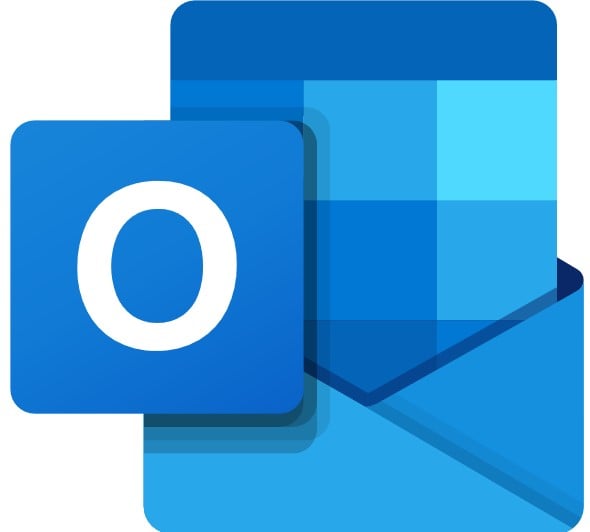
If not, you’ll find Mail offers most of what you ask an email client to do. Outlook does offer many more organizational features than Mail, as well as more opportunities for collaboration. Here, Outlook throws tabs, icons and more at you: There’s no way you can convince me that this Outlook interface (from an edited version of my inbox) is superior to the way Mail presents the same information. Where Mail shines, however, is the absolute elimination of visual clutter. At least Accounts offers you a good starting point.) Mail simply feels better organized. (To be fair, this could be made more intuitive by adding an “Add Account” button here as well. In Mail, the accounts Mail manages are prominently displayed on the left-hand nav bar, and adding an additional email account is as easy as simply right-clicking the Accounts button. The capability is there, but it’s certainly not intuitive.

To do so, you need to click the File button, which opens the Account Information page, and from there the Add Account button. In Outlook, there’s really no obvious way to add an additional email account from your Outlook inbox. The first, how Mail handles multiple accounts, intersects neatly with Mail’s strongest advantage-the simplified UI.

On the other hand, Mail offers a few advantages that Outlook doesn’t offer. Outlook offers a few ways to act upon (or delay acting upon) email that Mail does not. The latter’s appeal boils down to organization. Of the fundamental differences between Outlook and Mail, there are two that stand out: the user interface, and how Mail forgoes certain advanced functions found in Outlook. You have the option to use Calendar, People, and To-Do Outlook puts them all under the same heading, rather than separate apps. You’ll quickly find that Mail strips email down to its most basic elements: an inbox, outbox, and individual messages. Mail will ask for your email address and password, like Outlook, and will take a few moments to synchronize.
#THE BEST FREE EMAIL CLIENT FOR WINDOWS 7 WINDOWS 10#
Remember, Mail is free and part of Windows 10 and 11 just launch the Mail app to get started. Instead, you can use Mail and then move to Outlook for more advanced functions. Fortunately, if you subscribe to Microsoft 365 and use Windows, you don’t have to choose one over the other.

But when it comes to choosing an everyday mail client, I generally prefer the simple, straightforward interface of the Mail app versus the more complex, cluttered, feature-rich Outlook. Mail-and its related app, Calendar-don’t feature many bells and whistles. But one of the simplest, best, and most effective is right within Windows itself. You’ve got almost endless options when it comes to choosing an email client.


 0 kommentar(er)
0 kommentar(er)
